Would it make sense to connect the GND pins of an 8-pin PCIe power connector to a common point ground (which is at earth potential) and then plug that dummy connector into my new GFX card, before installing the GFX card onto the motherboard?
The setup would look like this.

This way the motherboard and GFX card are at the same potential, before making contact, and while installing. After installing, when the GFX card is in place, i will remove the dummy connector and attach the real power connector from the PSU.
Good plan? Bad plan?
Edit: 1 answer suggests touching the bracket/faceplate to equalize the charges.
But, if the bracket is isolated from the GPU (and the surrounding circuits on the card), then touching the bracket won't do anything to the card. Which can be a good thing. Because you won't damage anything. But then a potential difference between the graphics card and the motherboard (on which it is supposed to be installed) may remain. That can result in an ESD event at the moment the graphics card slides into the PCIe x16 slot.
So, howto avoid ESD on a new graphics card? (Besides leaving it into the box.)
